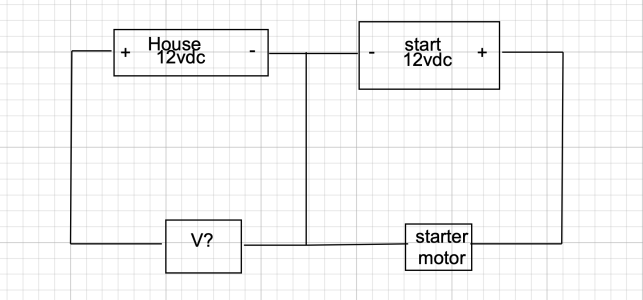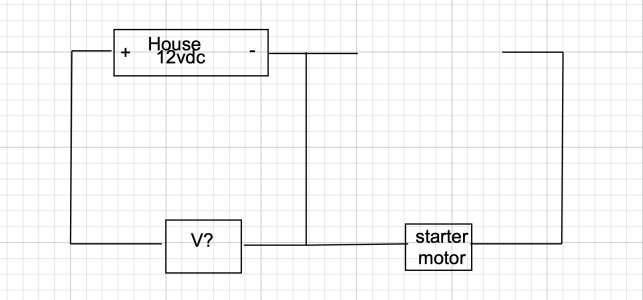Pye_End
Well-Known Member
It is the negative arrangement in this diagram that I think some have in mind rather than the earlier one. Ie a shared cable rather than parallel. 2 circuits sharing a common -ve wire. Certainly this is the arrangement on my boat (not the +ve side though - I am not talking about that).Sorry to disagree, but the normal setup for the 1-2-B switch is that the BOTH setting parallels the two batteries. The two circuits are both in parallel on settings 1 and 2
View attachment 174654
So, what would you see in terms of voltage drop at both the individual loads if there was a poor connection in the 'to all negatives' line when you turn the engine over, assuming the +ve sides are separate? Would you see a voltage drop in both circuits? It's hard to see how you wouldn't as you can't have 2 potential differences for the same wire. If so, would it be more apparent when you turn the engine over and you put a big load down it?
Do we know what the -ve arrangement is for the OP - I cannot see it? How do you know it isn't this one as so many seem to?


